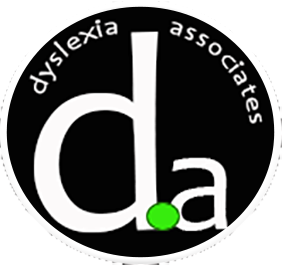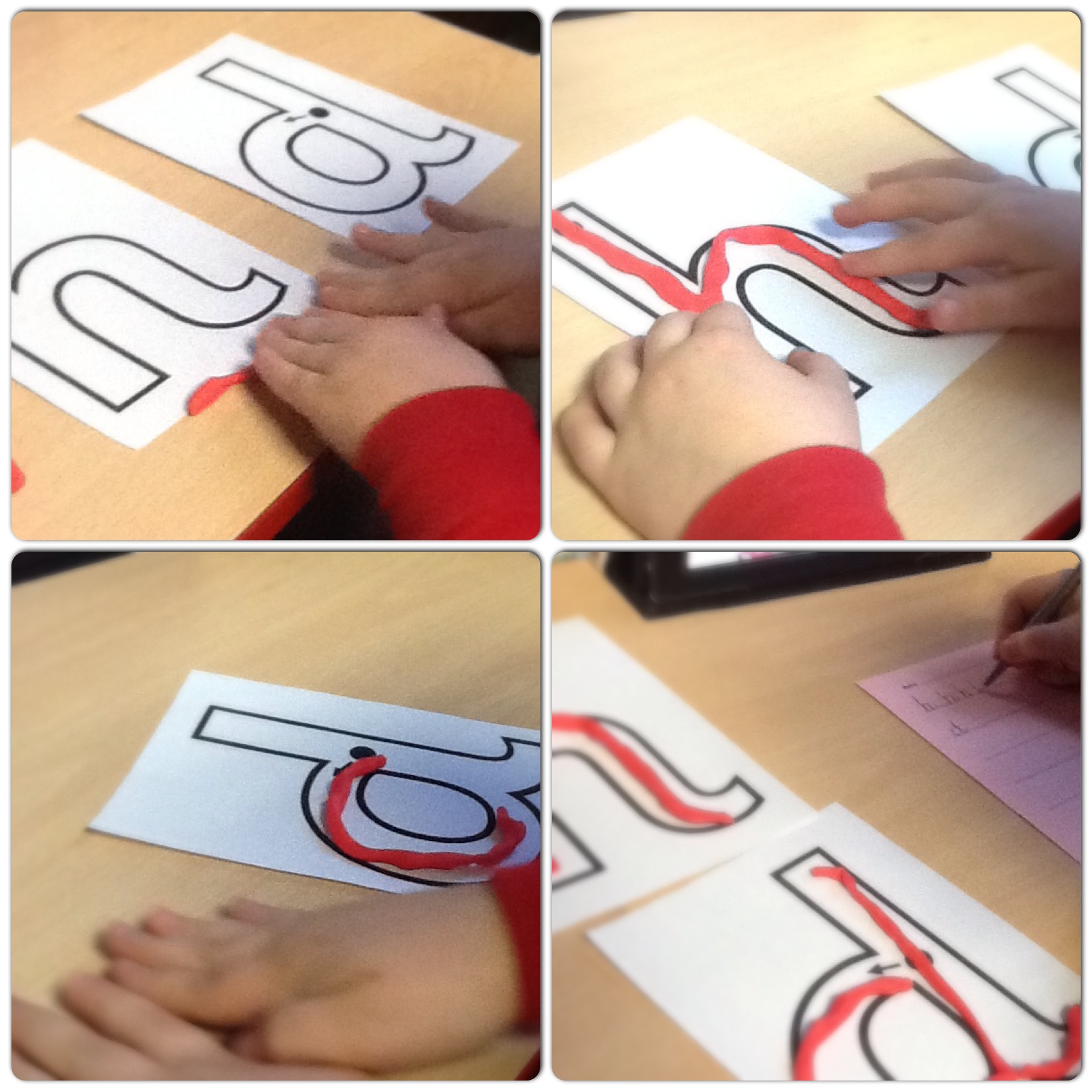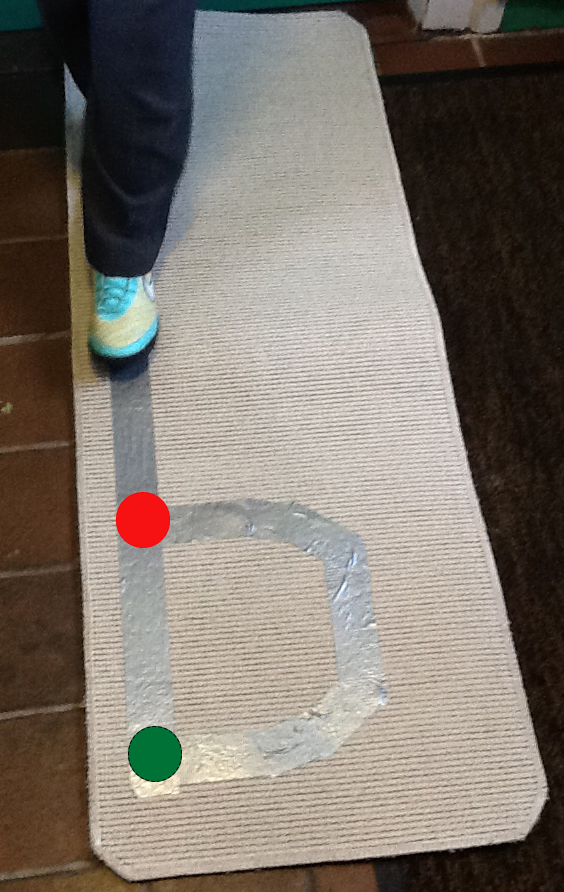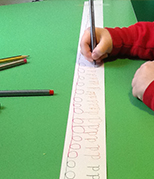Ask anyone what they know about dyslexia and they are bound to say something about b/d confusion which is considered to be a 'classic' sign of dyslexia.
It is quite natural for early writers to reverse letters up to around the age of 7. However, for the older child, part of the problem can stem from confusion with left / right direction that many dyslexic learners experience. Add in the extra problem of how similar the letter shapes are - sometimes described as mirror letters (b d , p q p d , n u, m w, and numbers 6 and 9) and confusion sets in. There is also the problem that for some, it is difficult to discriminate between the b /d sounds.
The confusion of these mirror letters, especially b d confusion, is a stubborn problem to resolve.
The most effective strategies involve using two or more senses at the same time as research shows that this makes more connections in the brain aiding learning and retention of information. Multi-sensory approaches bind the experiences, make the learning more concrete and established in the long term memory. Using a 'whole body' activity is also very effective as it generates good sensory memory and reinforces orientation but remember to use other senses at the same time!
This multi-sensory activity is quick and easy to prepare. An inexpensive carpet runner and some duct tape to make the letter and off you go! Alternatively chalk the letters on the kitchen floor or outside in the garden path. I put coloured dots at starting and turning points to help reinforce directionality. It is important to say the chant whilst walking the letter shape. For variation the learner can 'hop' or 'dance' along the letter shape and use funny voices to recite the letter formation jingle whilst walking the shape. Knowing the jingles or rhymes for letter formation will also help establish the mechanics of letter formation.
Because dyslexic learners need to 'over-learn', intervention programmes need to have a bank of activities to reinforce the concepts taught. Any intervention programme will include visual discrimination activities where the learner tracks letters in sequences, using dough to make the letters and tracing letter shapes using sandpaper letters. I like to use smooth and coarse materials in tactile activities and have found using foil strips very popular with learners.
Often a good starting point is establishing the anti-clockwise movement required to make the letter d. I like to use large strips of wallpaper placed at eye height on a wall and creating patterns - this requires the learner to use their shoulder and arm rather than the wrist to help establish the movement and anti-clockwise direction. The movement should be continuous and encourage the learner to stretch and repeat the movement across the page (landscape approx 60-100cm). Use different coloured pens to repeat the pattern and encourage close patterns to boost motor control.
In summary
- Over-teach and establish one of the letters first
- Observe the learner in order to establish the skills required to address confusion with mirror letters
- Use whole body strategies + at least one other sense to make it multi-sensory
- Repeat and reinforce frequently with short, targeted and varied activities
- At first track one target letter in visual discrimination tasks, keeping the pencil on the page throughout before progressing to tracking b/ d letters in visual discrimination tasks
- Use letter templates to make letters with dough (think about adding scents to the dough such as cinnamon or other scents)
- Speed read activities challenging the learner to improve on previous best (make the word lists appropriate to the age of the learner).
Use a paper clip and pencil to make a spinner, print 2 play boards and enjoy!
Keep the pencil on the page and circle the target letters using a single continuous line.









